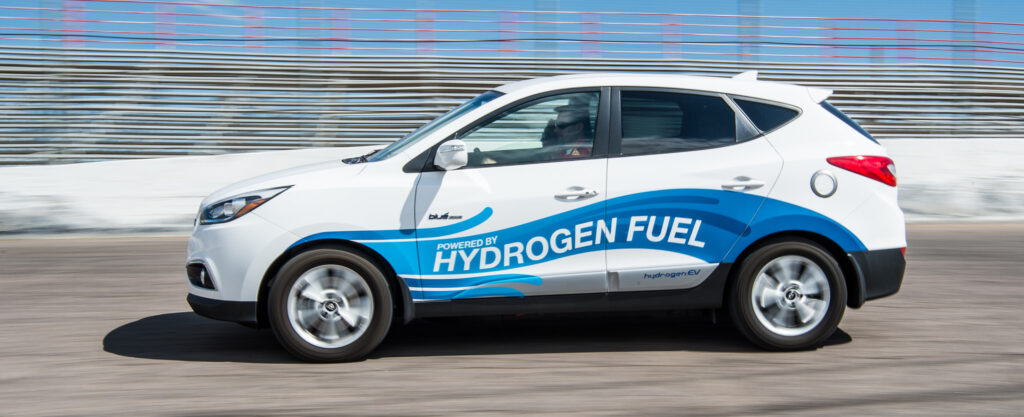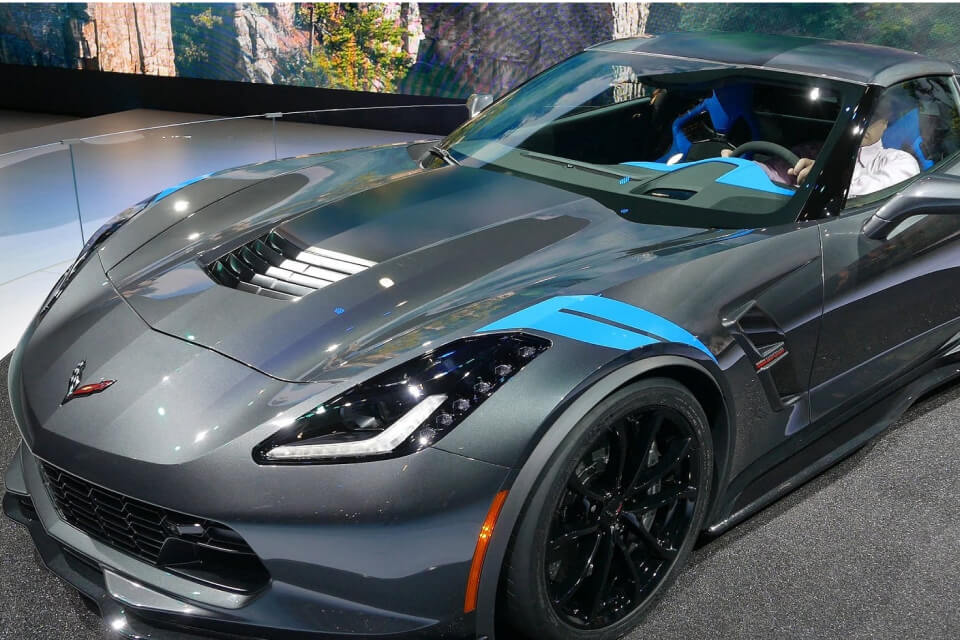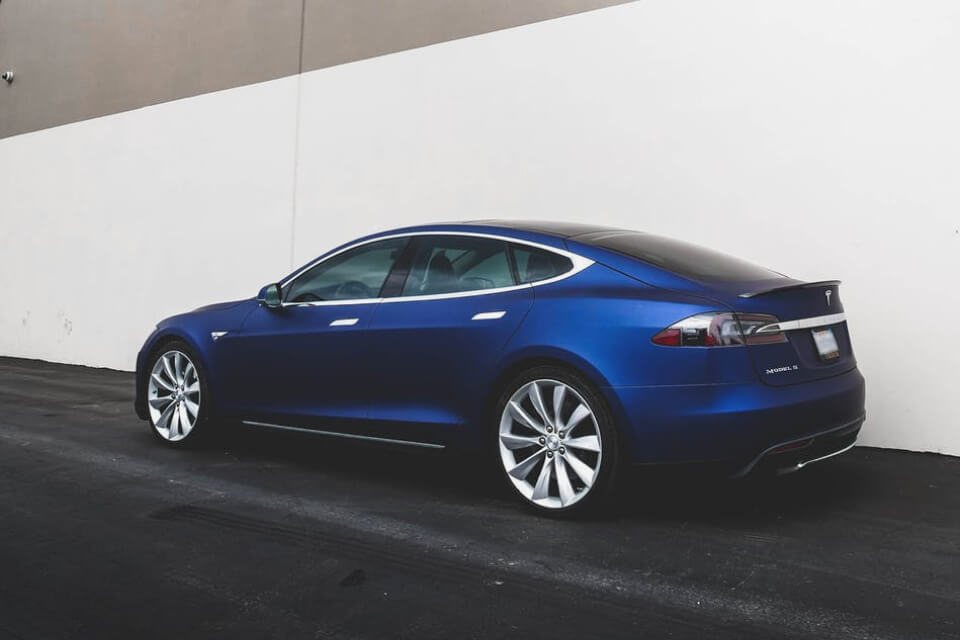The automotive industry is at a pivotal crossroads, with two promising technologies vying for supremacy: hydrogen and electric vehicles. As the world shifts towards sustainable transportation solutions, the question arises: which will dominate the future of automobiles? In this article, we will delve into the advantages and challenges of both hydrogen and electric vehicles, exploring their potential to reshape the automotive landscape. With increasing environmental concerns and advancements in technology, understanding these alternatives is crucial for consumers and industry stakeholders alike.
Throughout this article, readers will gain insights into the current state of hydrogen and electric vehicle technologies, including their infrastructure, efficiency, and environmental impact. We will examine the latest innovations and investments in both sectors, shedding light on how they are evolving to meet the demands of a greener future. Additionally, we will discuss the role of government policies and consumer preferences in shaping the trajectory of these technologies.
As we navigate through the complexities of hydrogen and electric vehicles, we invite you to join us on this informative journey. By the end of this article, you will have a clearer understanding of the strengths and weaknesses of each technology, empowering you to make informed decisions about the future of transportation. So, buckle up and read on to discover which technology may ultimately lead the charge in the automotive revolution!
As the automotive industry evolves, the debate between hydrogen fuel cell vehicles and electric vehicles (EVs) intensifies. Both technologies offer unique advantages and challenges, making it essential to explore various aspects of their potential dominance in the future of transportation.
Environmental Impact
The environmental implications of hydrogen and electric vehicles are significant factors in their adoption. Electric vehicles produce zero tailpipe emissions, which contributes to improved air quality in urban areas. However, the source of electricity used to charge EVs can vary, with fossil fuels still playing a role in many regions. In contrast, hydrogen fuel cells emit only water vapor, but the production of hydrogen can be energy-intensive and often relies on natural gas.
To truly assess the environmental impact, it is crucial to consider the entire lifecycle of both vehicle types, including manufacturing, energy sourcing, and end-of-life disposal. As renewable energy sources become more prevalent, the sustainability of both hydrogen and electric vehicles will continue to evolve.
Infrastructure Development
The success of hydrogen and electric vehicles largely depends on the availability of supporting infrastructure. Electric vehicle charging stations are becoming increasingly common, with many governments investing in expanding the network. This accessibility encourages consumers to consider EVs as a viable option for their transportation needs.
On the other hand, hydrogen refueling stations are still limited in number, which poses a challenge for the widespread adoption of hydrogen vehicles. For hydrogen to compete effectively, significant investments in infrastructure will be necessary, particularly in regions where hydrogen production and distribution can be efficiently managed.
Cost of Ownership
Cost is a critical factor influencing consumer choices in the automotive market. Currently, electric vehicles tend to have lower operating costs due to fewer moving parts and lower maintenance requirements. Additionally, the cost of batteries has been decreasing, making EVs more affordable for the average consumer.
Hydrogen vehicles, while offering quick refueling times and longer ranges, often come with higher initial purchase prices and limited availability. As technology advances and production scales up, the cost dynamics for both vehicle types may shift, impacting consumer preferences.
Technological Advancements
Both hydrogen and electric vehicles are at the forefront of technological innovation. Electric vehicles benefit from advancements in battery technology, such as solid-state batteries, which promise increased energy density and faster charging times. These innovations could significantly enhance the appeal of EVs.
Hydrogen technology is also evolving, with improvements in fuel cell efficiency and hydrogen storage solutions. As research continues, breakthroughs in either technology could tip the scales in favor of one over the other, making it essential to monitor ongoing developments.
Market Trends and Consumer Preferences
Understanding market trends and consumer preferences is vital for predicting the future of hydrogen and electric vehicles. Currently, electric vehicles are gaining traction, with major automakers committing to electrification and consumers showing increasing interest in sustainable transportation options.
However, hydrogen vehicles have their advocates, particularly in sectors requiring long-range capabilities, such as commercial transportation. As consumer awareness grows and preferences shift, the market landscape for both technologies will continue to evolve.
Government Policies and Incentives
Government policies play a crucial role in shaping the future of the automotive industry. Many countries are implementing incentives for electric vehicle adoption, such as tax credits and rebates, which can significantly influence consumer decisions. Additionally, stricter emissions regulations are pushing automakers to invest in cleaner technologies.
Hydrogen vehicles are also receiving attention, with some governments supporting hydrogen infrastructure development and offering incentives for fuel cell technology. The effectiveness of these policies will be instrumental in determining which technology gains a competitive edge in the coming years.
Performance and Driving Experience
The performance characteristics of hydrogen and electric vehicles can influence consumer choices. Electric vehicles are known for their instant torque and smooth acceleration, providing a unique driving experience. Many consumers appreciate the quiet operation and responsiveness of EVs.
Hydrogen vehicles, while also offering good performance, may not yet match the driving experience of high-end electric models. However, advancements in fuel cell technology could enhance performance, making hydrogen vehicles more appealing to performance-oriented consumers.
Future Outlook and Predictions
Looking ahead, the future of automobiles will likely involve a combination of hydrogen and electric technologies. Each has its strengths and weaknesses, and the ultimate dominance may depend on various factors, including technological advancements, infrastructure development, and consumer preferences.
As the automotive landscape continues to evolve, it is essential for stakeholders to remain adaptable and responsive to changes in market dynamics. The next decade will be crucial in determining whether hydrogen or electric vehicles will lead the charge in sustainable transportation.
| Aspect | Hydrogen Vehicles | Electric Vehicles |
|---|---|---|
| Energy Source | Uses hydrogen fuel cells to generate electricity through a chemical reaction. | Powered by rechargeable batteries that store electricity. |
| Refueling Time | Refueling takes about 3-5 minutes, similar to gasoline vehicles. | Charging can take from 30 minutes to several hours, depending on the charger type. |
| Range | Typically offers a range of 300-400 miles on a full tank. | Range varies widely, with many models offering 200-300 miles per charge. |
| Infrastructure | Limited refueling stations; requires significant investment to expand. | Growing network of charging stations, especially in urban areas. |
| Environmental Impact | Water vapor is the only emission; however, hydrogen production can be carbon-intensive. | Zero tailpipe emissions; environmental impact depends on electricity source. |
| Cost | Currently higher production costs; hydrogen fuel is also relatively expensive. | Battery costs are decreasing, making electric vehicles more affordable. |
| Market Adoption | Still in early stages; limited models available. | Rapidly growing market with a wide range of models and manufacturers. |
| Future Outlook | Potential for growth in heavy-duty and long-range applications. | Expected to dominate the passenger vehicle market; advancements in battery technology. |
This HTML document provides a structured comparison between hydrogen and electric vehicles, highlighting key aspects that may influence their future dominance in the automobile industry.



